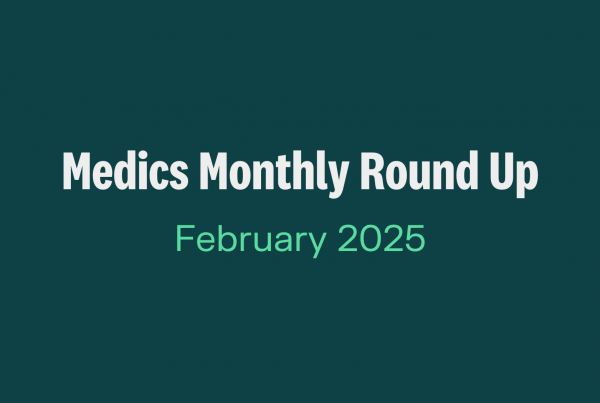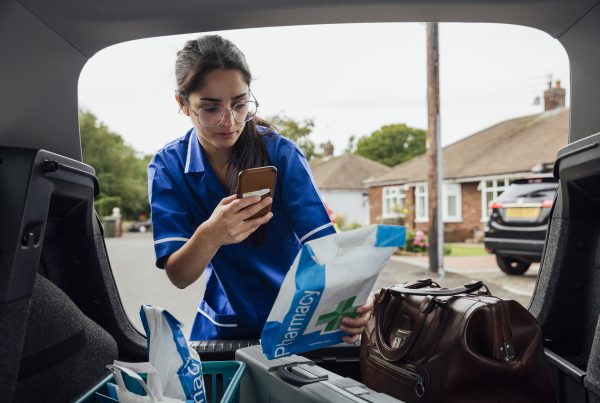 Blog by Mark Linggood, Director Product Management, RLDatix
Blog by Mark Linggood, Director Product Management, RLDatix
RLDatix are pleased to be partnering with the HSJ Patient Congress 2024 taking place on 16-17 September and supporting healthcare leaders, managers, clinicians, and patient representatives in transforming patient safety.
Our team will be on hand to show you the ways in which our Datix Web and DCIQ solutions enable swift and effective learning using a Patient Safety Incident Response Framework (PSIRF) approach.
Through our national programme of implementation and support to NHS organisations making the challenging transition to Learning from Patient Safety Events (LFPSE), we have learned valuable lessons about the best ways to use and maximise engagement with risk and incident software.
Here are some of those lessons, all of which we can tell you about in detail when we see you at the event.
1. Engage with the right people
Avoid scattergun alerting approaches that distract staff from their core focus. Review incident email notifications to ensure they are directed at specific staff personas responsible for patient care. By targeting the right individuals, you can reduce alerting distractions, manage access to sensitive data and improve efficiency.
2. Focus on the problem areas
Stop the tick-box incident investigation approaches and use a data-driven approach to identify problem areas. By directing investigations at genuine problems and learning opportunities, you can significantly improve efficiency and outcomes.
3. Reduce time spent on data entry
Leverage integrations such as patient lookups with Electronic Patient Records (EPR), staff lookups with Electronic Staff Records (ESR), and Single Sign-On (SSO) for users. This not only saves time but also reduces the risk of errors, ensuring data accuracy and completeness. Lengthy incident forms can be a significant barrier to productivity. By reducing data entry requirements through integrations, you can streamline the reporting process, making it less time-consuming and more efficient for staff. In addition, maximise use of document merging which reduces the time taken to export investigation reports and share them with external organisations and patients/families.
4. Ensure staff have easy access to safety data
Regularly review, refresh, and strengthen incident dashboard designs to ensure they are tailored for specific staff These dashboards allow for the quick identification of actionable insights, allowing staff to spend more time on providing and improving the quality of care
5. Measure safety standards
Track metrics such as the number of safety actions completed, incident reviews conducted, and investigations finished. Also, monitor overdue or outstanding actions and reviews. These metrics provide an overview of current levels of activity, and enable the tracking of progress to ensure you are meeting regulatory timelines and act as proxies for safety productivity.
6. Evaluate the impact
Ensure that productivity initiatives do not compromise safety. Evaluate how primary healthcare productivity metrics (e.g., number of patient episodes completed, procedures performed, or mean bed days reduction per procedure) impact safety metrics such as never events and harm-to-no-harm ratios. This holistic evaluation ensures that increased productivity does not come at the expense of patient safety.
7. Continuous improvement
Encourage a culture of continuous improvement where staff regularly review learnings from events and implements ways to enhance both productivity and safety.
Want to learn more?
Meet us at the HSJ Patient Safety Congress 2024 on 16-17 September 17 in Manchester.
We hope to see you there!



